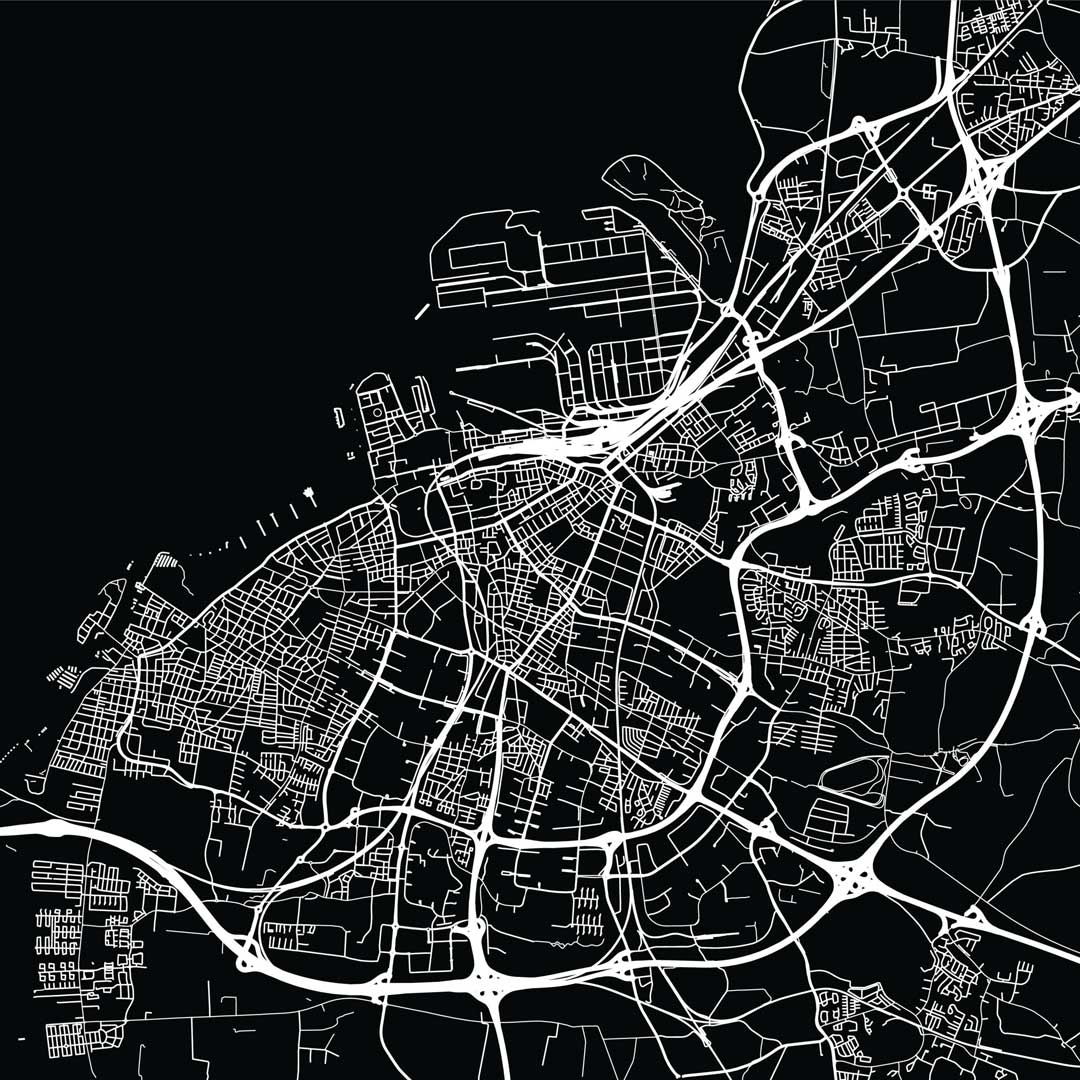- a democratic space for participants with different interests, experiences and positions

Future Workshop offers a democratic space where participants with different interests, experiences and positions can meet to work with an overarching theme (subject or state) that they want to change or develop.
Why work with Future Workshop? The aim of the method is to facilitate active participation in developmental and change work. It offers a structure where the voices and perspectives of all the participants is taken into account, and where the participants, on their own premises and conditions, collectively can come up with a plan to influence their surroundings and their own lives.
The future workshop is usually facilitated by two persons who guide the participants through five phases that go from problem inventory to an action plan:
Find a theme for the workshop. In the Swedish LEMA project, for example, the theme was,
What do I/we need to do to give young people in the neighbourhood a good life today and in the future?
Discuss and decide who should participate, how many days are needed (1 or 2 days), where should the workshop take place, and how should the process be documented.
The place is important because you need to organize the room in a way that it feels accessible, that it invites to dialogue and enables symmetrical power relations. Who and what will dominate is depending on how the room is furnished? Think also about selecting a place that you usually do not frequent.
The workshop starts with an inventory of problems, difficulties, and obstacles related to the theme; what does the participants want to leave behind, what are they critical about, and what is perceived as problematic?
It is important to stress that everything is to be taken seriously, and that everyone can speak freely. What is being said is noted in bullet points on “wall prints” by the leaders. The wall prints are then used in discussions in smaller groups.


Participants are encouraged to look beyond everyday routines and habits and to describe how they envision a future; what would it look like if you had the power of decision, and there would be no limitations and restrictions?
Here again, what is being said is noted in bullet points on “wall prints” by the leaders. The wall prints are then used in discussions in smaller groups. Urgent and attractive visions and ideas are the concretized in the next phase.
Here the participants come together in small groups to discuss on concrete solutions and actions. The work in the groups should result in assignments about what should be done, by whom, when, how and why.
The assignments are presented for the whole group, who then agree on what ideas and suggestions should be continued working with.
The leaders of the Future workshop as well as previous and new participants, come together to follow up the assignments decided on; what has happened since the last meeting, what challenges has there been in relation to the implementation, and how to continue the work?
Buhl, Jette; Gitte Nilesen & Ingrid Therkelsen (1989). Fremtidsverkstad – en udfordring til det sociale arbejde. Nordiskt Sosialt Arbeide 3/1989, 16–22.
Denvall, Verner & Tapio Salonen (2000). Att bryta vanans makt – Framtidsverkstäder och det nya Sverige. Lund: Studentlitteratur
Jungk, R., and N.R. Müllert. 1984. Håndbog I Fremtidsværksteder. Viborg: Politisk Revy. (TRAN Nielsen, B. S.)
Contact: Ph.D., Associate Professor Ditte Tofteng, Copenhagen University College DITO@kp.dk